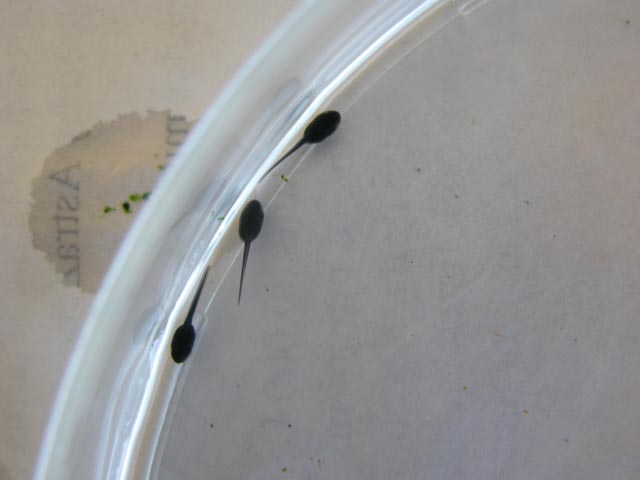Get ready to leap into a world of enchanting creatures and deep dive into the life cycle of toad tadpoles! These tiny beings with tails are the beginning of an amphibious adventure that ends in a fascinating mature toad. Let’s explore!
Distinct Features of Toad Tadpoles

Belonging to the same family as frogs, toad tadpoles have some distinguishing attributes. A toad, for instance, boasts a distinctive skin, warty and dry compared to the sleek skin of a frog. Their bodies are stubby, with short hind legs and a stern bony ridge adorning their head.
But rest assured, the common folklore of getting warts from toad handling is merely a myth, although they do secrete a venom when scared. So, it’s wise to cleanse your hands after handling one.
Color and Jumping Ability

Typically, toads sport shades of gray or brown, complimented by gem-like eyes that are brightly hued. Short hind legs limit their jumping prowess, and although their toes are slightly webbed, they surely don’t rival frogs in the jumping department. An interesting feature about their tongues is that they are stickily tipped and attached near the front to help them grasp prey
Reproductive Behavior and Tadpole Characteristics

Moving over to their reproductive aspects, toad tadpoles deviate from their froggy counterparts. The spawn of toads is a slim line of jelly-like substance encompassing the eggs, unlike the clumpy frog spawn. Additionally, toad tadpoles maintain an edge, being markedly smaller and darker than frog tadpoles, and having a peculiar flavor that has little appeal for predators, ensuring their improved survival rate.
Feeding Habits and Development Stages

As for their diet, many toad tadpoles are herbivores, living on algae and plants solely, while others are omnivorous, consuming detritus and sometimes, other tadpoles too. They derive their food from their yolk sac during their early growth phase.
Once they start breathing through their skin, the remaining yolk sac is consumed in their intestine. It’s only after a few days, when their external gills activate, that they start eating food.
How To Care for Toad Tadpoles

If you’re considering keeping these small amphibians as pets, here are a few essential tips:
- Shelter: A sizable aquarium, comfortable temperature, proper fitting covers, absence of direct sunlight and heaters, and a full-spectrum tank light to provide essential vitamin D.
- Substrate: Since toads are fond of burrowing, provide them with digging material like cypress mulch, leaf litter, peat moss, or coconut husk fibers. Hiding places like rocks, hollow logs or artificial plants should be added, too.
- Hydration: Daily fresh, chlorine-free water supply in a shallow bowl is crucial. Consider misting your toad and its surroundings for additional humidity.
- Feeding: Feed your toad around dusk, offer a variety of food, and consider a dietary supplement if needed.
For all amphibian enthusiasts, delving deeper into the life of toad tadpoles could be the next intriguing adventure. Isn’t it amazing how nature works in astonishing ways?
Related Resources: